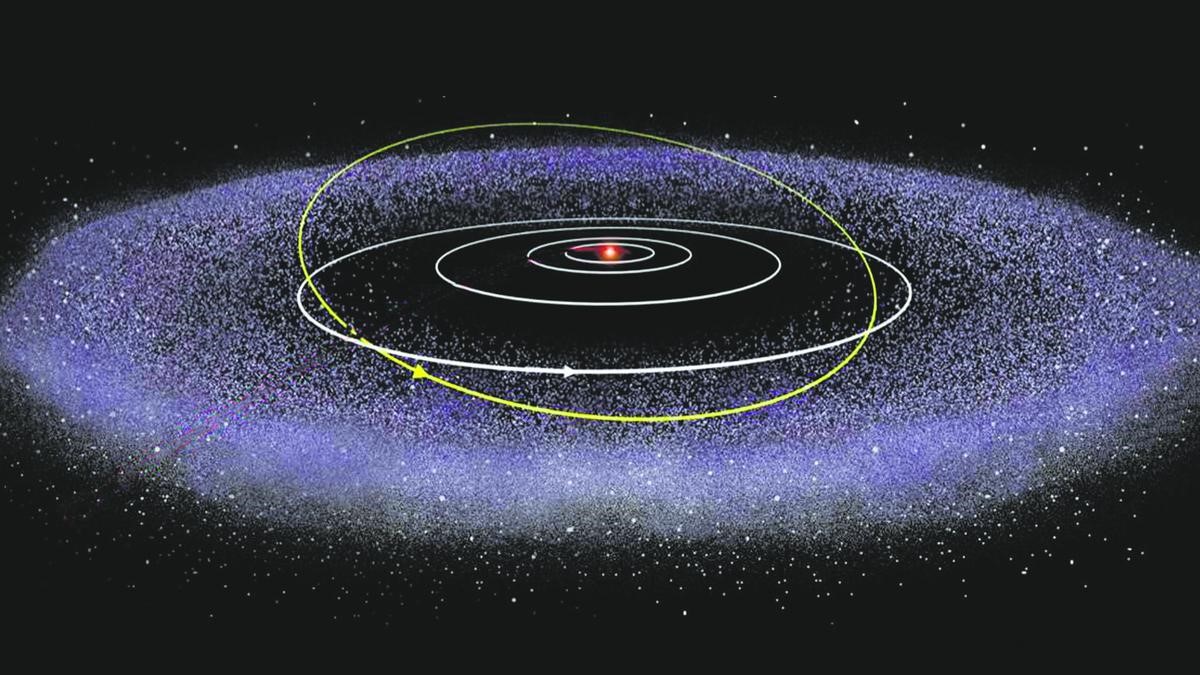Free Courses Sale ends Soon, Get It Now


Free Courses Sale ends Soon, Get It Now



Source: HINDU
Disclaimer: Copyright infringement not intended.
Context
Details
Discovery and Naming
Characteristics
Exploration by New Horizons
Scientific Significance
About Kuiper Belt
Characteristics:
Formation:
Contents:
Significance:
Exploration Efforts:
Must Read Articles:
Sources:
|
PRACTICE QUESTION Q. Studying the Kuiper Belt provides insights into the conditions and processes that led to the formation of the Solar System. Discuss. (150 Words) |
© 2024 iasgyan. All right reserved